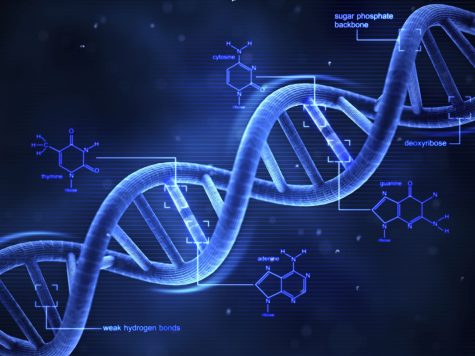The Toba Volcano Eruption: Humanity’s Possible Taste of Extinction
April 4, 2022
According to most recent United Nations estimates, the world human population numbers a whopping 7.9 billion as of March 2022. However, this figure did not exist tens of thousands of years ago as humanity traversed through prehistory without civilization. To make matters supposedly worse for the miniscule early human population, the Toba volcano erupted! 
Around 74,000 years ago, the Toba volcano erupted on the Indonesian island of Sumatra, spewing 2,800 cubic kilometers of magma— enough to bury the United States in a foot-thick layer of ash and rock, the Atlantic reports. According to the Volcanic Explosivity Index, the Toba eruption scored an “8,” which translates to “mega-colossal.”
In the 1990s, scientists argued that Toba’s eruption drastically changed the world’s climate, blocking out sunlight with ash and lowering the global temperature for decades. The “volcanic winter,” argued by some scientists, almost drove humanity to extinction, leaving a small group of a few thousand stragglers in its wake.
According to gene analysis, humans are low in genetic diversity compared to other species, with all of us descending from 1,000-10,000 breeding pairs that lived 50,000-150,000 years before today. This is called a population bottleneck, and the “Toba catastrophe theory,” developed by Stanley H. Ambrose of the University of Illinois at Urbana-Champaign, supports this. The controversial theory holds that the eruption’s ensuing volcanic winter and cooling period caused humanity to teeter towards extinction.
Researchers argue that the theory overestimates both the degree of climate change caused by the volcano and the effect on our ancestors. A 2018 study examined microscopic glass shards found in a cliff near Mossel Bay, a town on South Africa’s south coast. These glass shards, called cryptotephra, were created by Toba’s eruption and settled among bones, tools, and other signs of human occupation.
Human artifacts exist in abundance both above and below the shards, suggesting that the humans residing in South Africa were not impacted by the eruption. This finding contradicts the detrimental global climate impact that the Toba catastrophe theory champions. Other shards that are almost chemically identical to those found in South Africa were found in Malawi, India, and Toba itself. Furthermore, they were found in sediments of roughly the right age—around 74,000 years old. 
Whether the Toba catastrophe theory is true or false, the fact of low genetic diversity among humans is fascinating. According to the National Human Genome Research Institute, human beings are 99.9 percent identical in their genetic makeup. To reach the current point of 7.9 billion people, humans likely survived a tragedy that caused their numbers to plummet, but the Toba volcano answer remains up for debate.




